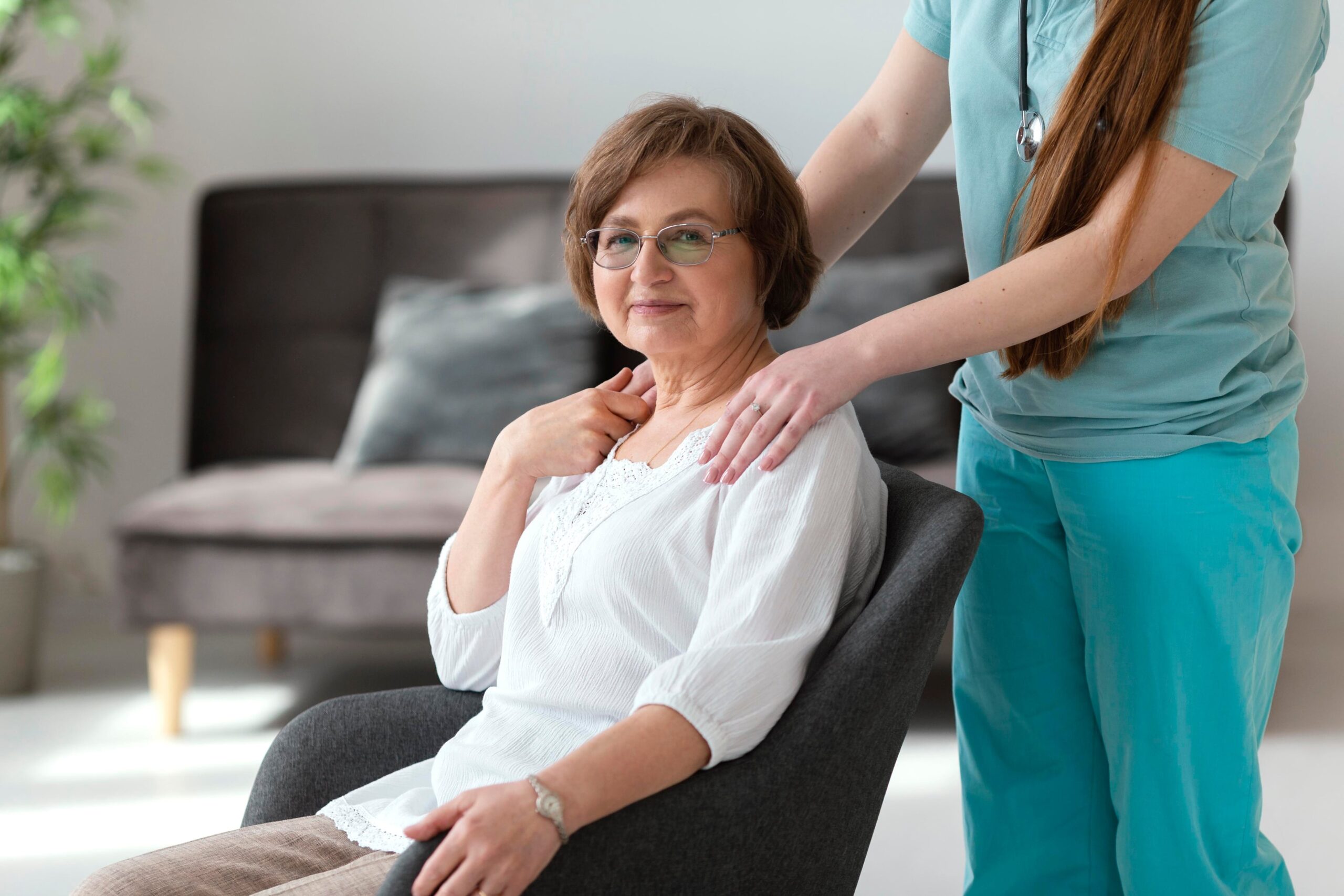As we age, we are more prone to falling over, whether it’s slipping on something outside or accidentally falling over inside.
There are many reasons elderly people are more susceptible to falling, from age-related problems like poor vision, mobility, and balance, to chronic health conditions that can cause dizziness or even fainting. Sometimes just an innocuous trip or stumble escalates into a nasty fall with severe consequences.
Regardless of the cause, it’s important to create a safe home environment that minimizes the chances of falling over. After all, falls are a leading cause for serious injury and accidental death for seniors, giving carers plenty of motivation to create the safest possible environment for their patients.
Here are some tips for preventing falls at home:
Efficient Medicine Management
Even missing one dose of medicine can seriously increase the chances of falling, so always make sure you stay on top of this and that all medicines are taken on time each day. However, be aware of the side-effects of medicines as some may increase the chances of falling, with dizziness, sleepiness and lightheadedness being ones to look out for.
Identify Risk Factors and Create an Action Plan
As mentioned, there are various factors that can cause an elderly person to fall, so it’s helpful to identify which of these risks could affect your patient, as knowing what might cause the fall can help you create an effective action plan to prevent it from happening.
For example, if they have poor eyesight then you may want to arrange for new eye check-up to see if they may need a new prescription and increase the lighting around the house to help with their visibility.
If they are struggle with mobility and balance, such as always holding walls and furniture when walking, then a walking aid may reduce the risk while you may want to arrange an appointment with the physical therapist.
Extra care must be taken with patients dealing with chronic health issues. Things like diabetes, arthritis, and dementia put patients at an even higher risk of falling due the side effects on these conditions (e.g. dizziness, fatigue, poor mobility), so you need to be mindful of these and take extra care when developing action plans.
Adjust the Indoor Environment to Reduce Environmental Risks
Most falls happen in the home as there are various falling and tripping hazards indoors, so take the time to assess each room and see if any modifications are required to reduce the risks.
Obvious things to look for include cables and lots of clutter on the floor and surfaces, but don’t overlook the risk of things like rugs, throws, and low sitting furniture. Remove anything that can possibly cause them to trip or limits their movement in high traffic areas!
Also, lighting should be assessed to determine whether it’s bright enough inside. Dimly lit rooms often hide falling hazards, so consider adding new lighting to increase visibility and reduce the risk of falling.
Falls Prevention Programs Could Help
While not all patients will manage to attend a fall prevention program, it is a great way to reduce the risks of falling and help put the patient’s mind at ease if they are concerned about falling. These can be community-based programs such as A Matter of Balance, or something as simple as a tai-chi class for seniors.
Doing this is a great way to better educate the individual on the risks of falling, how to avoid falling, and building the strength and confidence to feel safe when you are walking and standing. Of course, consult with doctors prior to attending these programs to ensure its suitable for the patient.
Consider Installing Grab Bars
If mobility, strength, and balance are poor then it may be worth adding some grab bars throughout the home. These help provide a firm grip whenever moving throughout the home and can be invaluable for avoiding falls in bathrooms and staircases.
Suitable Footwear
Improper footwear can increase the risks of falling, so make sure to check for this and replace footwear accordingly. For instance, slip on slippers are very comfortable but not the most secure, posing a significant tripping risk when walking up and down stairs.
Also, look at the base of footwear and determine whether the tread is too slippery, replacing as needed. The best footwear should have a secure fastener, such as laces or Velcro, while a thick heel and good ankle support can also improve balance and stability.
